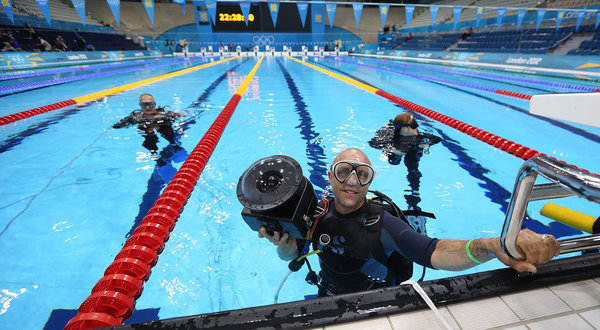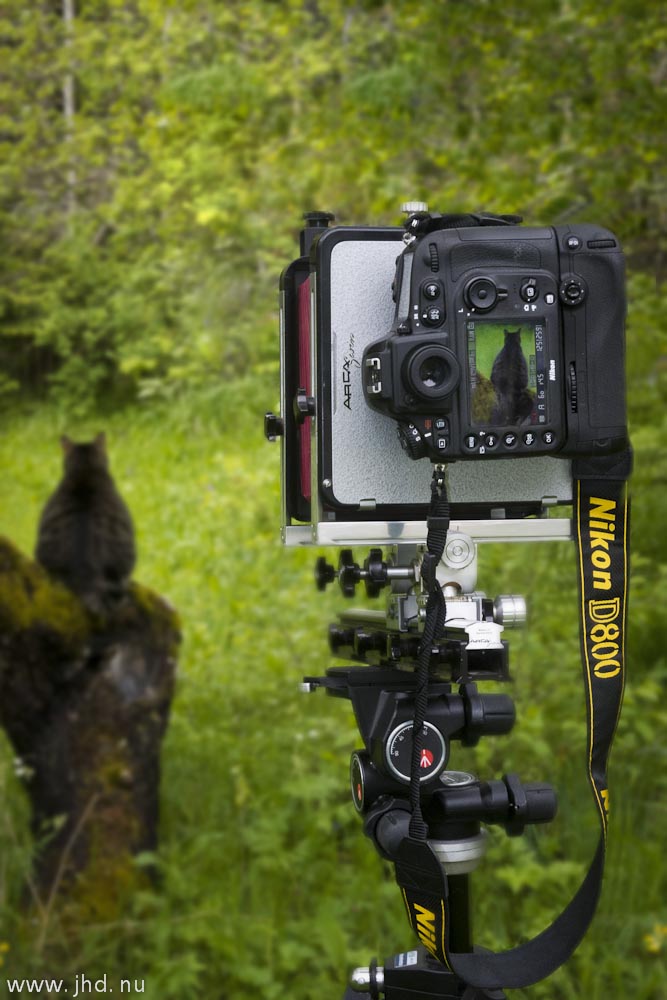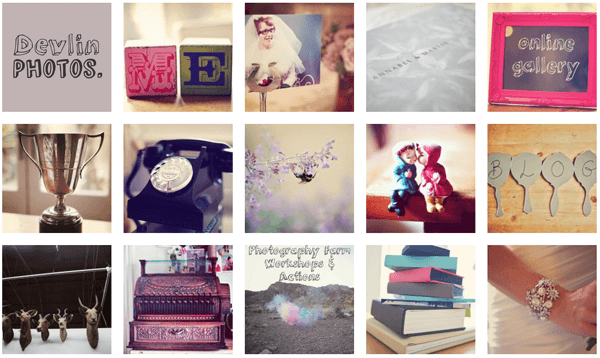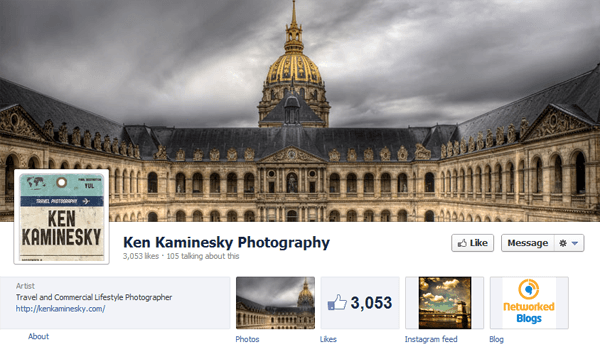For One Instagram Celebrity, the Secret’s in the Secrecy
Sure the iPhone made everyone a photographer, but it also made everyone a spy. Just ask Richard Koci Hernandez: His Instagram stream of surreptitious black-and-white portraits has captured more than 140,000 followers and made him one of the first Instagra
via WIRED: http://www.wired.com/rawfile/2012/08/pl_instagram_/
The key to Richard Koci Hernandez’s work is stealth. “Everything changes when people know,” he says, so he avoids looking at his iPhone screen. Earbuds are a go-to prop as well—the perfect red herring to make it seem like he’s distracted by music when he’s really looking for muses








